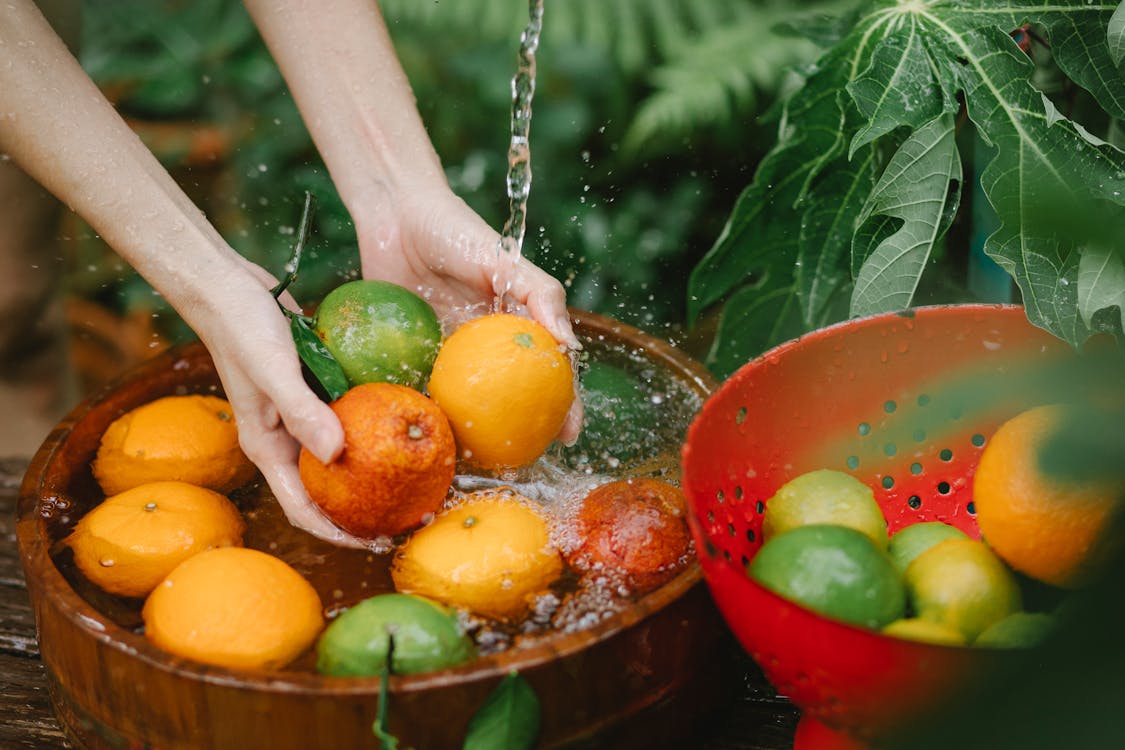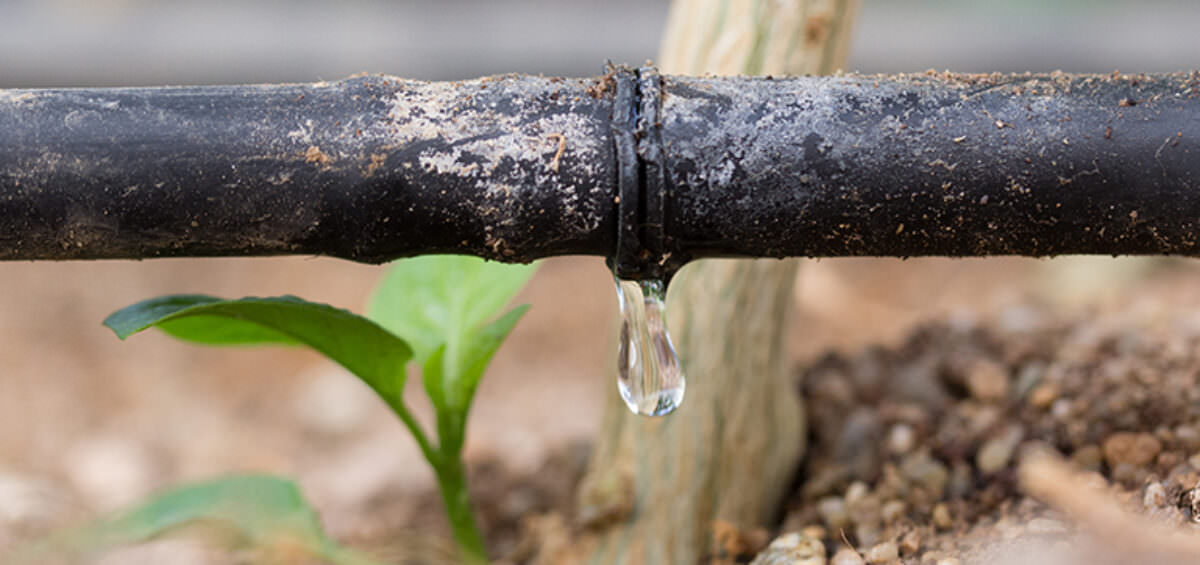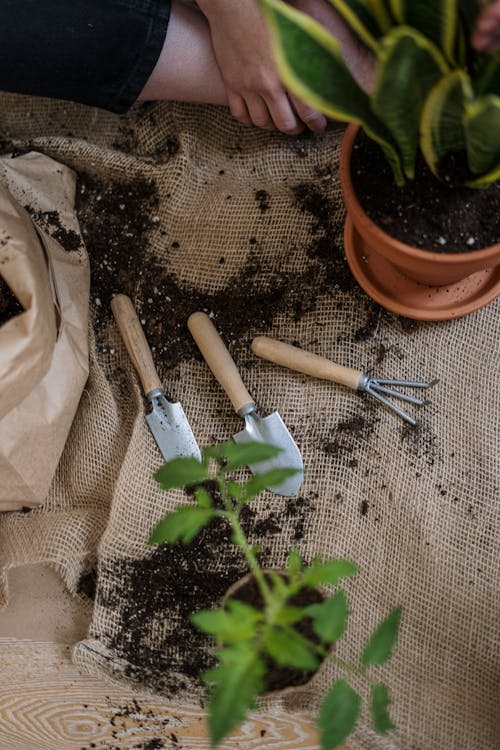Better Ways To Water Your Plants

With water shortages spreading across the world, we are more compelled and urged to find better ways to utilize a resource that was once thought of as abundant. Our plants still require constant nourishment regardless of the environmental issues going on, so we need to get smarter. Here are a few ways to get that water into your garden most efficiently and beneficially possible.
Drip Irrigation

With more than 90-percent efficiency, drip irrigation is the most conservation-friendly watering system. Drip irrigation consists of tubes with release points next to each plant, usually set on a timer. If a plant no longer needs water, a plug can be inserted to stop the water flow. A challenge with drip irrigation in a veggie garden is that each year, your plant layout will vary, and reconfiguring the piping and emitters is not always simple.
Maintain That Irrigation System In The Spring
In the spring, and perhaps once or twice during the summer months, perform maintenance on your garden’s irrigation system. Your sprinkler heads break, timers go crazy, pipes begin to leak and so on and so on.
Look out for your pressure levels. High pressure can damage drip systems and cause spray heads to mist, losing water to evaporation, while low water pressure diminishes the overall performance of the irrigation system.
 Better Ways To Use Your Coke Bottles & Other Plastic Containers
Better Ways To Use Your Coke Bottles & Other Plastic Containers
Once again, we’re repurposing trash to save the planet and nurture our gardens.
Use household tools to poke or drill 4-8 holes in a 2lt soft-drink plastic bottle. More and/or bigger holes mean a faster drip. Cut the bottom of the bottle off, and bury the bottle cap-side down about halfway in the soil, and press dirt around to secure it in place. Plant your pumpkins or peppers within a few inches of the bottle. Fill it up with water, and let it drip away. The container directs the water down to the roots and lessens surface weed growth.
An alternative is to use yogurt containers or large tin cans. Clip or punch four or five holes around the bottom side of the container, bury it in the ground and plant your crops around it, several inches away. With all these recycled containers, you’ll need to water the seedlings directly until the roots develop for the first days or weeks after they’re transplanted.

Comments
Add comment